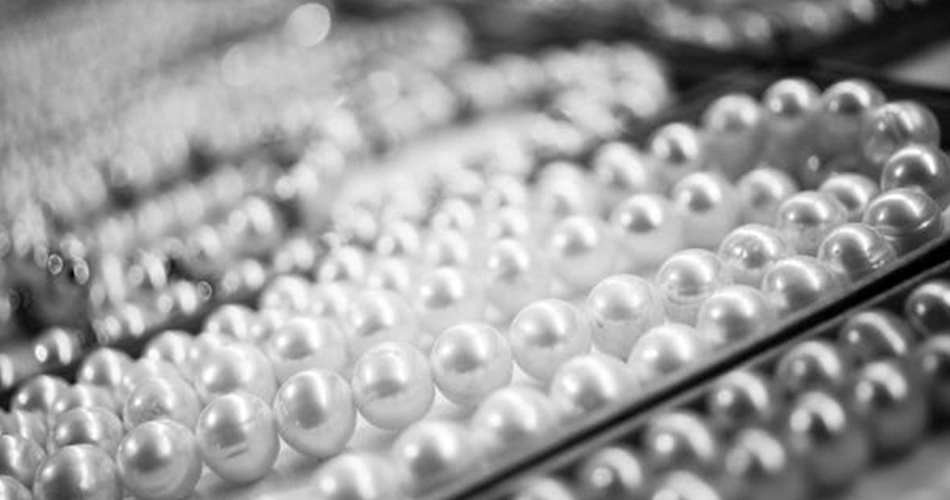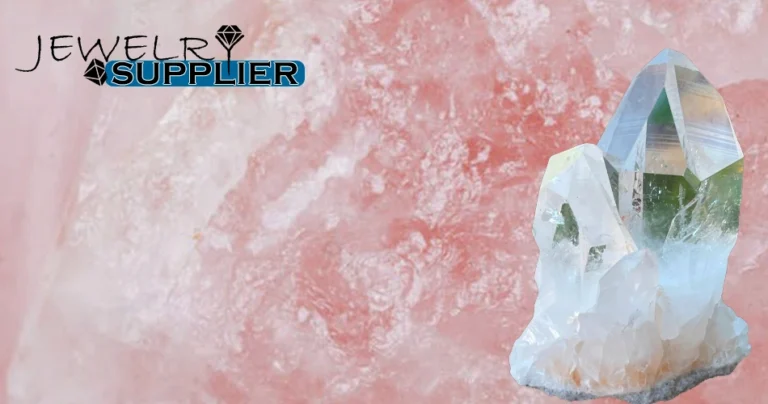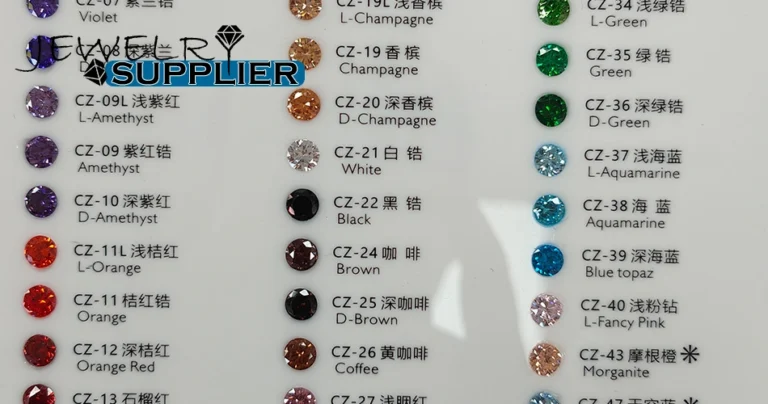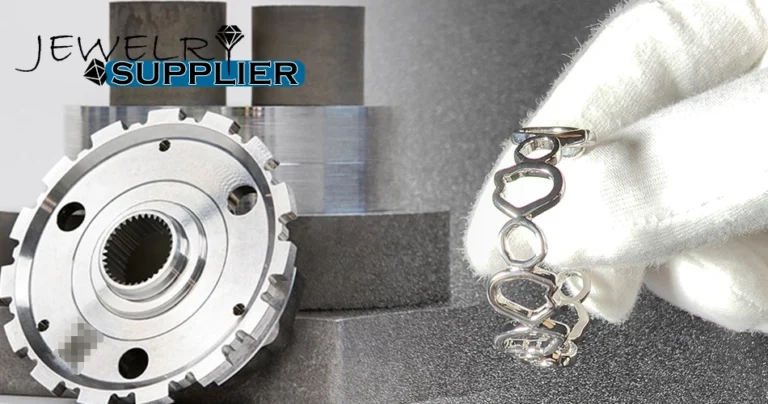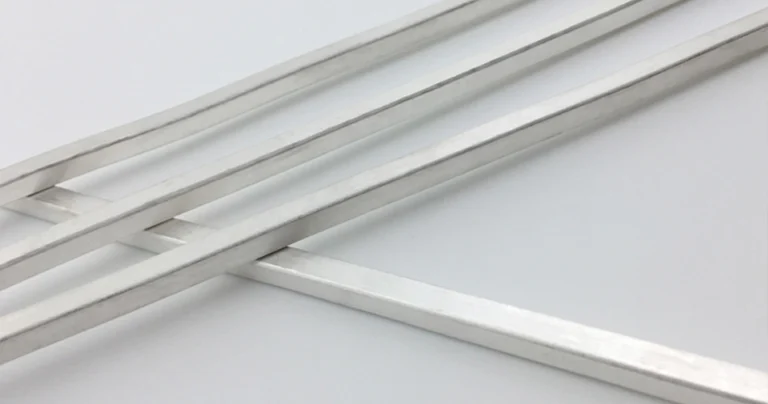Pearl
Pearl is an organic gemstone primarily produced within the bodies of pearl oysters and mother-of-pearl mollusks. Formed through the mollusk’s secretion process, pearls are composed of calcium carbonate mineral grains, which are aggregated from numerous tiny aragonite crystals. With a rich variety of types, shapes, and vibrant colors, pearls captivate the eye and evoke elegance.
Pearls can be categorized into freshwater pearls and seawater pearls. The formation of a pearl takes considerable time; generally, the longer it takes, the larger the pearl will be. These gems exhibit a soft luster and iridescence, adding to their allure. Natural pearls have a wide range of applications, being used in jewelry, fashion, and beauty products, and they also possess notable medicinal properties.
There are two main types of pearls: natural and cultured. Each type has its own advantages, with natural pearls being rare and highly sought after, while cultured pearls offer more accessibility and uniformity in size and shape. Whether used in exquisite custom jewelry pieces or as accents in stylish attire, pearls remain a timeless symbol of luxury and sophistication.
Main Components of Pearls
Pearls are organic gemstones produced by mollusks such as oysters and clams, and are prized for their unique lustre and beauty. There are several key components involved in the formation of pearls.
1. Nacre: The main component of pearls is nacre, also known as “mother of pearl”. This iridescent substance is secreted by mollusks and is composed of proteins and calcium carbonate, which give it its lustre. The main components of nacre include keratin and aragonite.
2. Aragonite: In nacre, aragonite is a crystalline form of calcium carbonate. This mineral has unique optical properties that allow it to reflect and refract light, producing the unique lustre that characterises pearls.
3. Proteins: The organic matter in nacre is mainly composed of proteins, which play a vital role in the pearl formation process. These proteins include conchiolin (a protein found in mollusk shells and pearls that forms the organic matrix of nacre) and nacre proteins (involved in the development of pearls). Other proteins, such as acidic proteins and sulfated polysaccharides, facilitate the assembly of mineral crystals within the nacre.
4. Water: Pearls also contain a certain percentage of water, which helps maintain their luster and shape.
5. Trace elements: Pearls may also contain trace elements such as zinc, copper and manganese. These elements affect the color and luster of pearls and enhance their overall beauty.
How Are the Luster and Color of Pearls Formed?
Several factors influence the luster and color of pearls, including the presence of organic pigments, the types and concentrations of trace metal elements, the species of the mollusk, the duration of cultivation, exposure to light, the type of water habitat, water temperature, and the harvesting season.
1. Formation of Pearl Color: The body color of a pearl is determined by the trace metal elements it contains. For example, pearls with copper may exhibit a golden hue, while those with silver may appear creamy yellow. Pearls containing sodium might display a flesh tone, and those with zinc could show a pink tint. Additionally, the overtones and iridescence of a pearl result from the complex interactions of light reflecting off both the surface and interior layers. These effects blend seamlessly with the pearl’s natural color, creating a unique visual experience.
2. Formation of Pearl Luster: The luster of a pearl is a complex natural optical phenomenon. When light strikes the surface of the pearl, it undergoes reflection, refraction, and diffuse reflection. Furthermore, within the layers of nacre, diffraction and interference of light often occur. These physical phenomena collectively contribute to the soft sheen and shimmering overtones that are characteristic of high-quality pearls.
In essence, the interplay of these various factors results in the stunning beauty that pearls are celebrated for, making each pearl a unique masterpiece of nature.
How long does it take for a pearl to form?
The pearl formation process takes at least two years, but this time is affected by a variety of factors, including the type of pearl (natural or cultured), the species of mollusk, and environmental conditions.
1. Natural Pearls: Natural pearls usually take more than two years to form. When a mollusk encounters an external irritant, its mantle secretes nacre to coat the irritant. This process takes quite a while to complete, and generally speaking, the longer a pearl develops, the larger it will become.
2. Cultivated Pearls: Cultured pearls usually take longer to form, averaging about three years. During this process, the mollusk secretes nacre to coat the foreign object, forming a nacre layer. This process involves several stages: nacre formation, pearl sac development, and calcification. Each stage takes a specific amount of time to complete. The growth rate of cultured pearls is affected by how often the nacre is secreted each day and how thick it is each time. Together, these factors determine the total time it takes for a pearl to form.
The Shapes of Pearls
Pearls come in a variety of shapes, each with its unique charm and characteristics. Here are some common shapes of pearls:
1. Round Pearls: Round pearls are the most classic shape, showcasing a perfect spherical form with a symmetrical and even appearance. Their flawless roundness is often considered the standard in pearl jewelry.
2. Baroque Pearls: Baroque pearls are known for their irregular shapes and distinctive contours. Each pearl is asymmetrical and unique, with variations such as teardrop, oval, and freeform shapes, making them a favorite for artists and designers.
3. Button Pearls: These pearls feature a flat side and a rounded side, resembling a button. They are commonly used in jewelry that requires a flat back, such as earrings and rings, providing a sleek look.
4. Teardrop Pearls: Also known as pear-shaped pearls, teardrop pearls have a rounded bottom and a tapered top, resembling a droplet. This shape is perfect for necklaces and earrings, adding an elegant touch.
5. Oval Pearls: Oval pearls blend the timeless allure of round pearls with a slightly elongated shape. They are a versatile choice, suitable for a variety of jewelry styles, from classic to contemporary.
6. Freshwater Pearls: Freshwater pearls can be crafted into various shapes, including round, oval, and irregular forms. They are renowned for their array of colors, ranging from white and pink to light purple and even metallic hues.
7. Japanese Akoya Pearls: Akoya pearls are celebrated for their classic round shape, high luster, and smooth surface. They come in colors such as white, cream, pink, and light rose, making them a sought-after choice in pearl jewelry.
8. South Sea Pearls: Sourced from the black-lipped oysters of French Polynesia, South Sea pearls are known for their unique deep colors, which range from black and gray to green, peacock, and iridescent hues.
9. Mabe Pearls: Mabe pearls, or blister pearls, are typically flat on one side due to their attachment to the shell. They are well-suited for jewelry like earrings and pendants, offering a distinctive and stylish appearance.
10. Keshi Pearls: Keshi pearls are small, irregularly shaped pearls that are nucleated and come in various colors. They are often used in artistic and creative jewelry designs, showcasing their unique textures and hues.
Each pearl shape offers its own aesthetic appeal, making them beloved in the world of fashion and jewelry. Whether you’re drawn to the classic elegance of round pearls or the whimsical nature of baroque pearls, there’s a pearl to suit every style.
The Uses of Pearls
Pearls are timeless organic gemstones with a wide array of applications, from jewelry and fashion accessories to nutritional benefits for the body. They are also utilized in cosmetics for their skin-whitening and skincare properties.
1. Jewelry and Fashion: Pearls play an important role in the jewelry and fashion industries and are one of the most popular decorative elements. They are made into a variety of jewelry accessories, including necklaces, earrings, bracelets, and rings by jewelry suppliers. In the fashion world, pearls are often used as ornaments to decorate items such as cufflinks, pearl-studded clothing, and even pearl ties.
2. Medicinal Value: Pearls have a rich medicinal history in China, dating back over 2,000 years. They contain various essential nutrients that promote cell regeneration, boost metabolism, and slow down cellular aging. In traditional Chinese medicine, pearls are commonly used for their ability to clear heat and nourish yin, improve vision, reduce inflammation, and alleviate coughs. Modern studies also suggest that pearls play a unique role in enhancing the immune system, delaying aging, reducing pigmentation, and supplementing calcium.
3. Beauty and Cosmetics: Pearl powder, made from finely ground pearls, is celebrated for its skin-whitening and rejuvenating effects. It is widely incorporated into cosmetic formulations, such as pearl creams, serums, and lotions, which help maintain and enhance skin health.
4. Collecting and Investment: Rare natural pearls and historically significant pearl jewelry hold substantial collectible value, making them highly coveted by collectors and investors alike.
In summary, the versatility of pearls extends far beyond their aesthetic appeal, offering benefits that span health, beauty, and investment, further solidifying their status as a prized gemstone in various industries.
Types of Pearls
There are many types of pearls, including freshwater pearls, Akoya pearls, Tahitian pearls, saltwater pearls, and South Sea pearls. Each type of pearl has unique characteristics in terms of luster, quality, shape, size, and color.
1. Freshwater Pearls: Freshwater pearls are cultivated in freshwater environments such as lakes, rivers, and ponds, and come in a variety of shapes, sizes, and colors, and are generally more affordable. They can be classified as either nucleus-free pearls (formed by a small piece of tissue implanted in a mollusk) or nucleated freshwater pearls (a pearl nucleus is inserted into the mollusk and the nacre develops around it).
2. Akoya Pearls: These saltwater pearls are known for their gorgeous luster and nearly perfect round shape. Akoya pearls are usually white or creamy white with silver, pink, or gold hues, and are mainly produced in Japan, China, Southeast Asia, and the Persian Gulf.
3. Tahitian Pearls (also known as Black Pearls): Tahitian pearls are known for their striking dark color, ranging from gray to black, often with green, blue, or purple hues. They are usually larger, ranging from 9-14mm in size, and come in a variety of shapes, including round and baroque.
4. South Sea Pearls: South Sea pearls are one of the largest and most valuable cultured pearls on the market, and are produced in the warm waters of Australia, Indonesia, and the Philippines. They are usually white or yellow, ranging from 8-20mm in diameter, and have a soft, satin-like sheen.
5. Saltwater Pearls: Saltwater pearls are formed in saltwater and are generally higher quality than freshwater pearls. They can be natural or cultured, and are usually perfectly round with a soft sheen and a translucent appearance. Their colors mainly include white and light yellow, but red, green, purple, and black can also be found.
6. Cultivated Pearls: Cultured pearls are produced by simulating the natural environment, allowing a mollusk to form pearls inside its body. These pearls have a similar structure to natural pearls and usually take about 5-6 years to form.
7. Melody Pearls: Also known as “dragon pearls” or “flame pearls,” Melody pearls are a unique non-cultured pearl that originates from a type of sea snail. They come in a variety of colors, from orange-red and yellow-orange to brown and nearly white. Their ceramic-like luster and flame-like patterns set them apart, and the higher the roundness, the higher the value.
8. Black-lipped pearls: These freshwater cultured pearls are high-yield and relatively low-cost, accounting for more than 95% of the pearl market. They are the most common type and are widely used in jewelry and traditional crafts.
9. Black-lipped pearls: These large pearls are usually over 9 mm in diameter and are mainly produced in French Polynesia. They come in a wide range of colors, including dark black, gray, blue and brown, so they are classified as black pearls.
10. Mabe pearls: Mabe pearls, also known as half pearls or bubble pearls, are a type of cultured pearl formed by inserting a pre-formed nucleus into the inner wall of a mollusk. They grow into a hemispherical shape and are nourished in water over time to develop a unique structure.
11. Synthetic pearls: Synthetic pearls, also known as imitation pearls or imitation pearls, are artificially created to mimic the appearance and texture of natural pearls. They are made from a variety of materials, including glass, shell powder, and synthetic crystal, and are generally priced much lower than natural pearls. Synthetic pearls can be made in a variety of standard shapes and colors.
Data sheet of commonly used raw materials for jewelry
The various types of pearls showcase their unique beauty and versatility, making them a valuable choice for jewelry and other fields.
Characteristics of Natural Pearls vs. Cultured Pearls
Cultured pearls, also known as imitation pearls or synthetic pearls, are man-made, while natural pearls are formed entirely in the wild without human intervention. Although they look similar, these two types of pearls are very different in various aspects.
Natural Pearls
1. Rarity: Natural pearls are extremely rare because their formation is a random process that requires specific natural conditions.
2. Uniqueness: Each natural pearl is unique, with slight variations in shape, size, color, and luster.
3. Shape Diversity: Natural pearls come in a variety of shapes, from perfect circles and ovals to irregular baroque shapes.
4. Natural Coloration: The color of natural pearls is naturally formed and is usually affected by the species of mollusk and its environment. Their hues can include white, cream, pink, gold, black, etc.
5. Soft Luster: The luster of natural pearls is usually very soft and deep, which is caused by the thickness and structure of the nacre layer.
6. Surface Characteristics: Natural pearls may have slight blemishes on their surface, such as growth lines, depressions, or spots, which are natural signs of their development.
7. Higher Value: Due to their rarity and aesthetic appeal, natural pearls are often priced higher than cultured pearls, especially in the jewelry collection and investment realm.
8. Care Requirements: Natural pearls are more delicate than cultured pearls and require extra attention and proper care to maintain their luster and beauty.
9. Environmental Factors: The formation of natural pearls is closely related to specific marine or freshwater environments, and the health of these ecosystems directly affects the quality of pearls.
Cultured Pearls
1. Lower Cost: Cultured pearls are generally much cheaper than natural pearls, making them an economical choice for mass production.
2. Shape Consistency: Cultured pearls can be made into a variety of standard shapes, such as a perfect circle or a specific oval, which is relatively rare in natural pearls.
3. Color Diversity: Cultured pearls can be dyed in a variety of colors, including uncommon shades, providing greater flexibility for design and matching.
4. Controlled Luster: The lustre of cultured pearls can be controlled through coating or polishing to achieve the desired visual effect.
5. Durability: Cultured pearls tend to be more durable than natural pearls and are less likely to be scratched or damaged.
6. Flawless Surface: The surface of cultured pearls is usually free of the blemishes found in natural pearls, such as dents, scratches or growth lines.
7. Weight: Cultured pearls can be lighter than natural pearls because they can be made from lighter materials.
8. Customizability: Manufacturers can customize the size, shape and colour of cultured pearls to suit different markets and design needs.
9. Environmental Impact: The production of cultured pearls has less impact on the environment than natural pearls because they do not need to be harvested from marine life.
10. Daily Wear: Due to their affordable price and durability, cultured pearls are perfect for everyday wear and are less likely to be damaged.
When choosing between natural and cultured pearls, personal preference, budget and intended use should be considered. If chosen correctly, both types of pearls can be beautiful decorative pieces that add a touch of elegance to any piece of jewellery or outfit.

